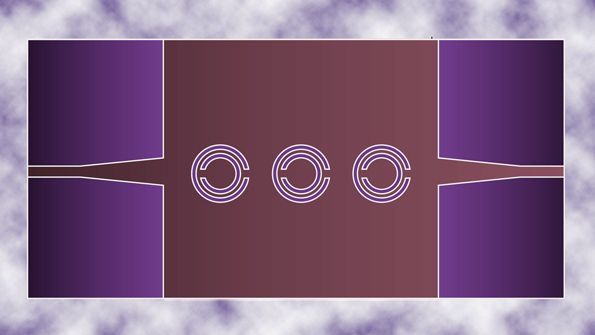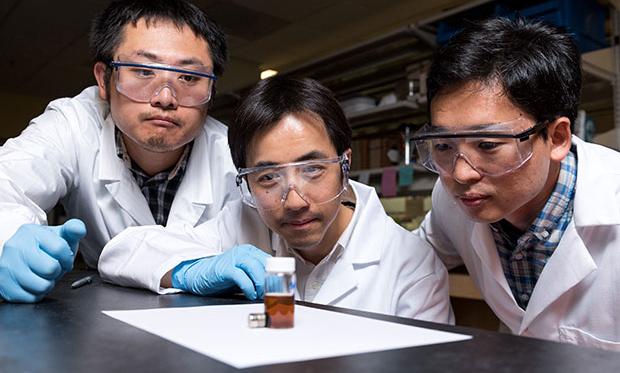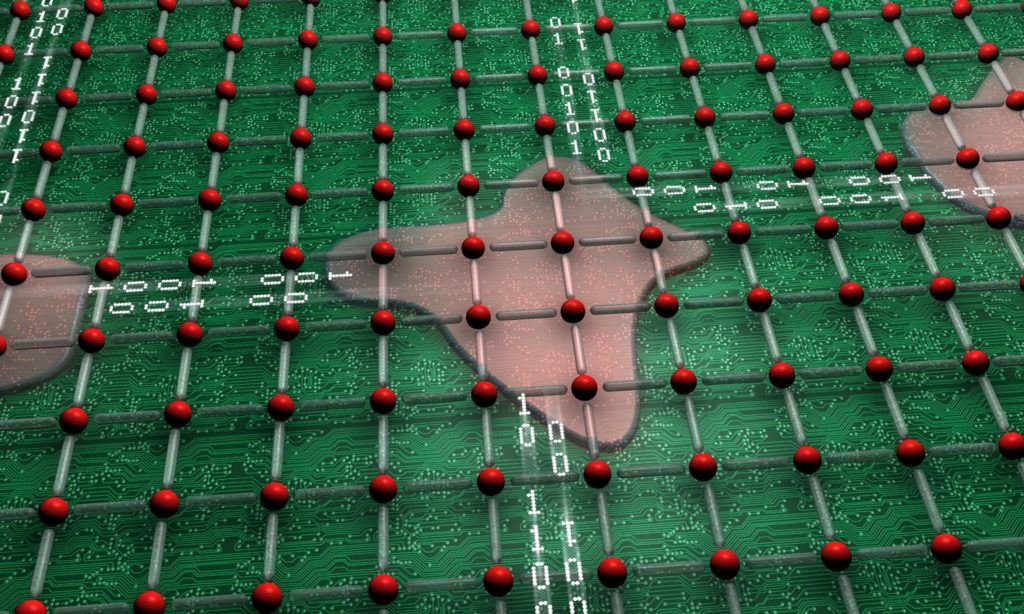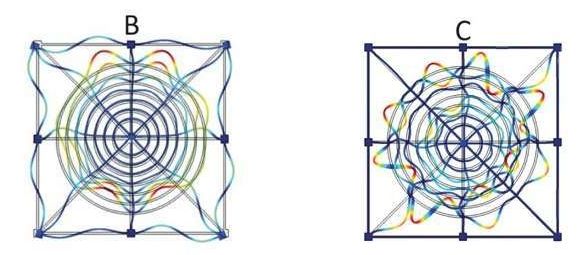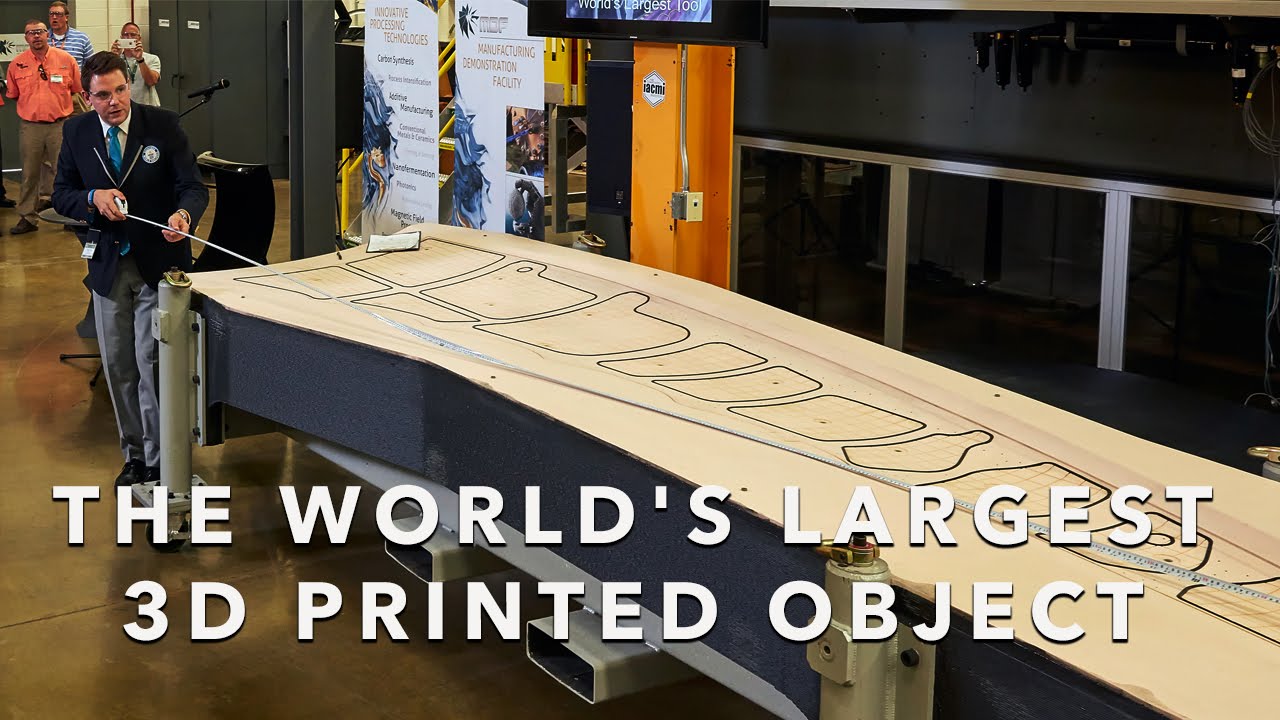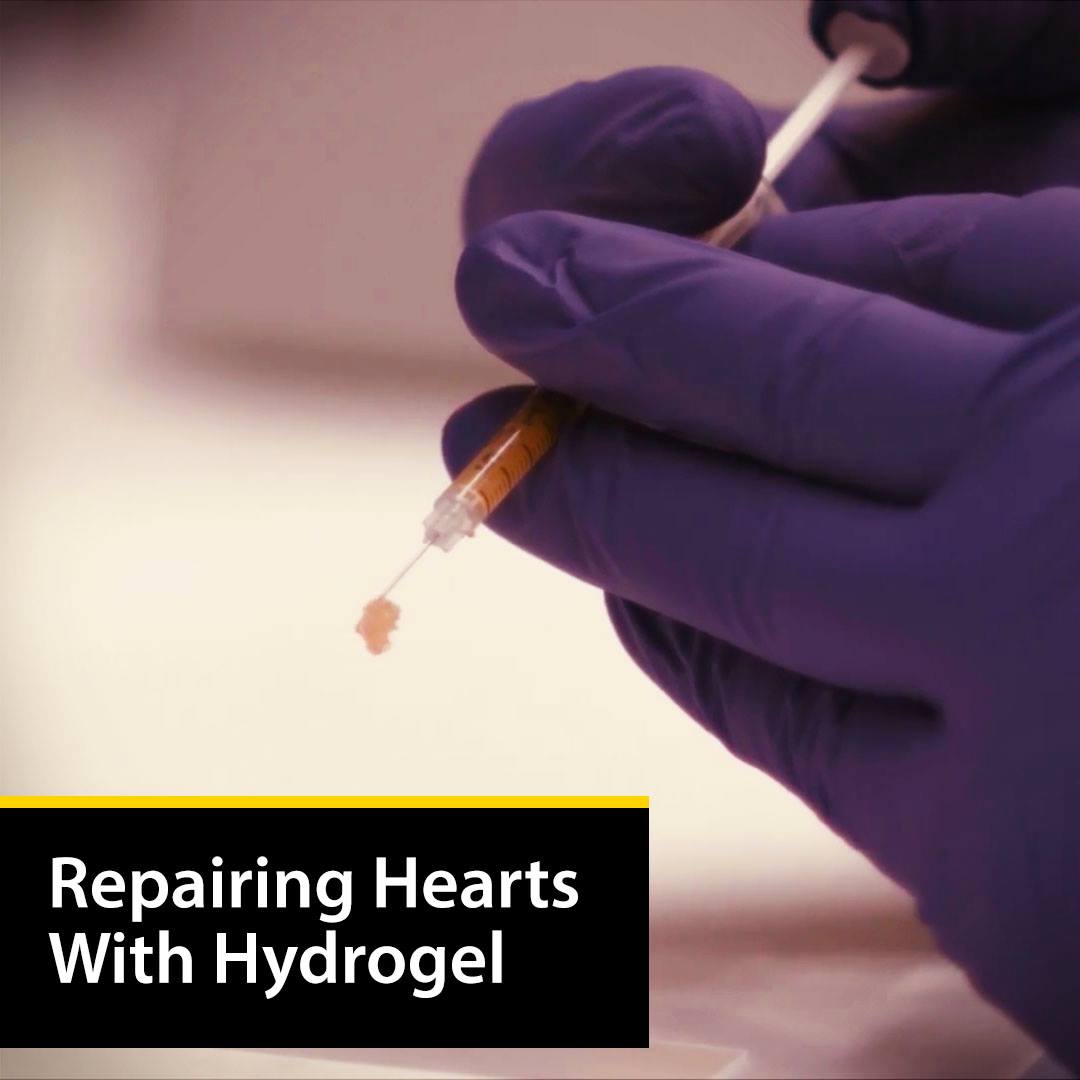Oct 2, 2016
Split-Ring Resonators Add to SIW Bandpass Filter
Posted by Karen Hurst in category: materials
Nice read.
When square CSRR cells were cascaded (Fig. 12), a compact SIW circuit was achieved with bandpass response, with low return and insertion losses from 7.2 to 10.0 GHz. This compact bandpass filter has dimensions of 34 × 18 mm2 and is formed from three cascaded CSRR cells. It was simulated from 4 to 10 GHz with simulated results of −33.1-dB minimum return loss and 0.3-DB insertion loss at 8.8 GHz (Fig. 13).
The miniature CSRR-loaded SIW bandpass filter shows reasonable insertion and return losses from 7.2 to 9.8 GHz. This technology, of fabricating CSRR cells with SIW transmission lines on low-loss microwave substrate materials, shows great promise for the creation of compact bandpass filters at microwave frequencies.
Continue reading “Split-Ring Resonators Add to SIW Bandpass Filter” »
